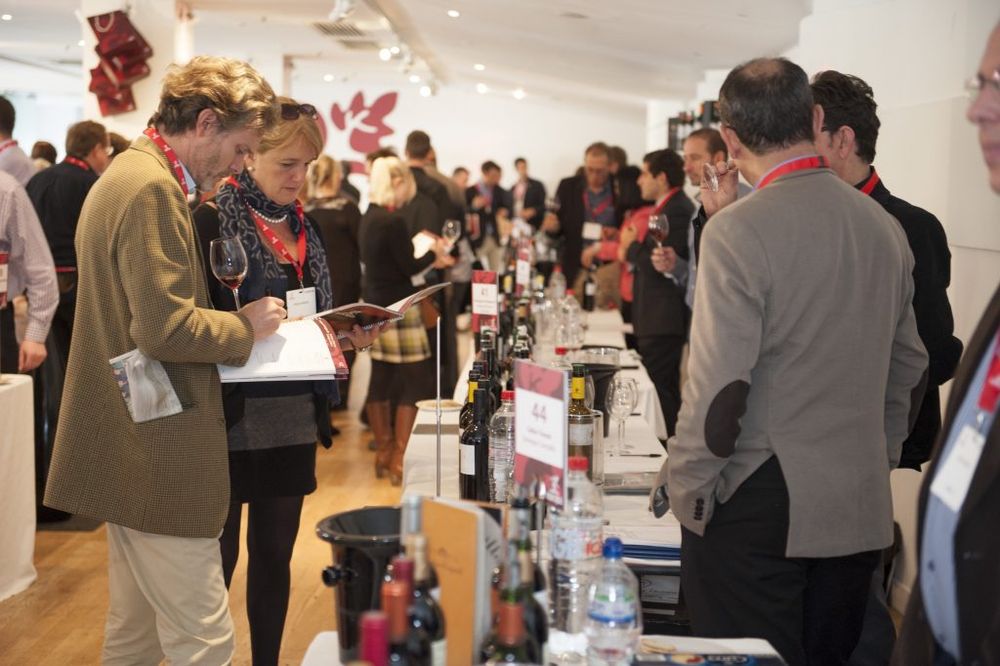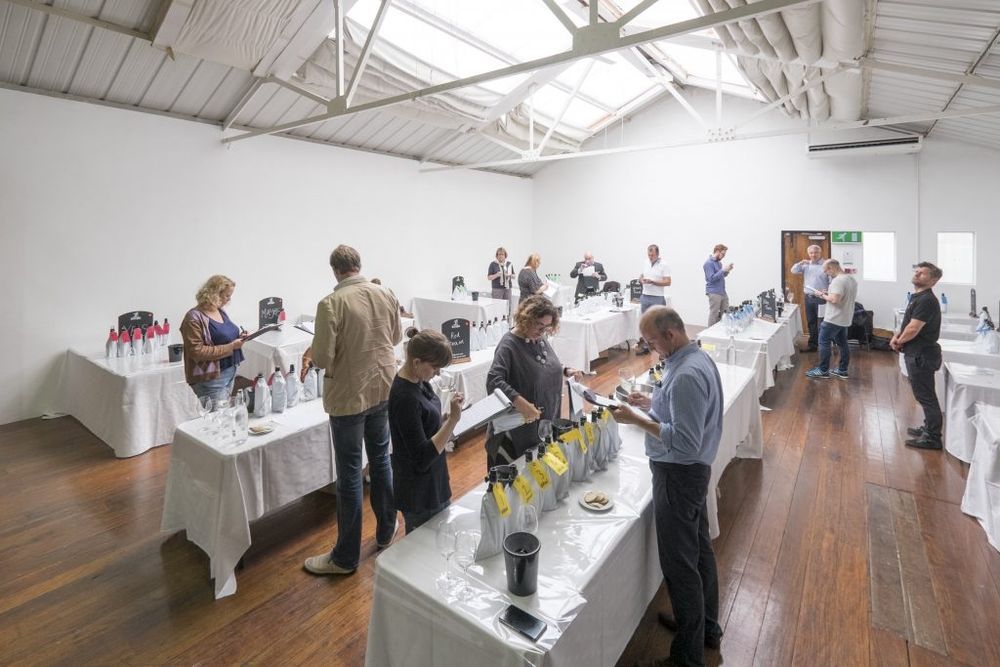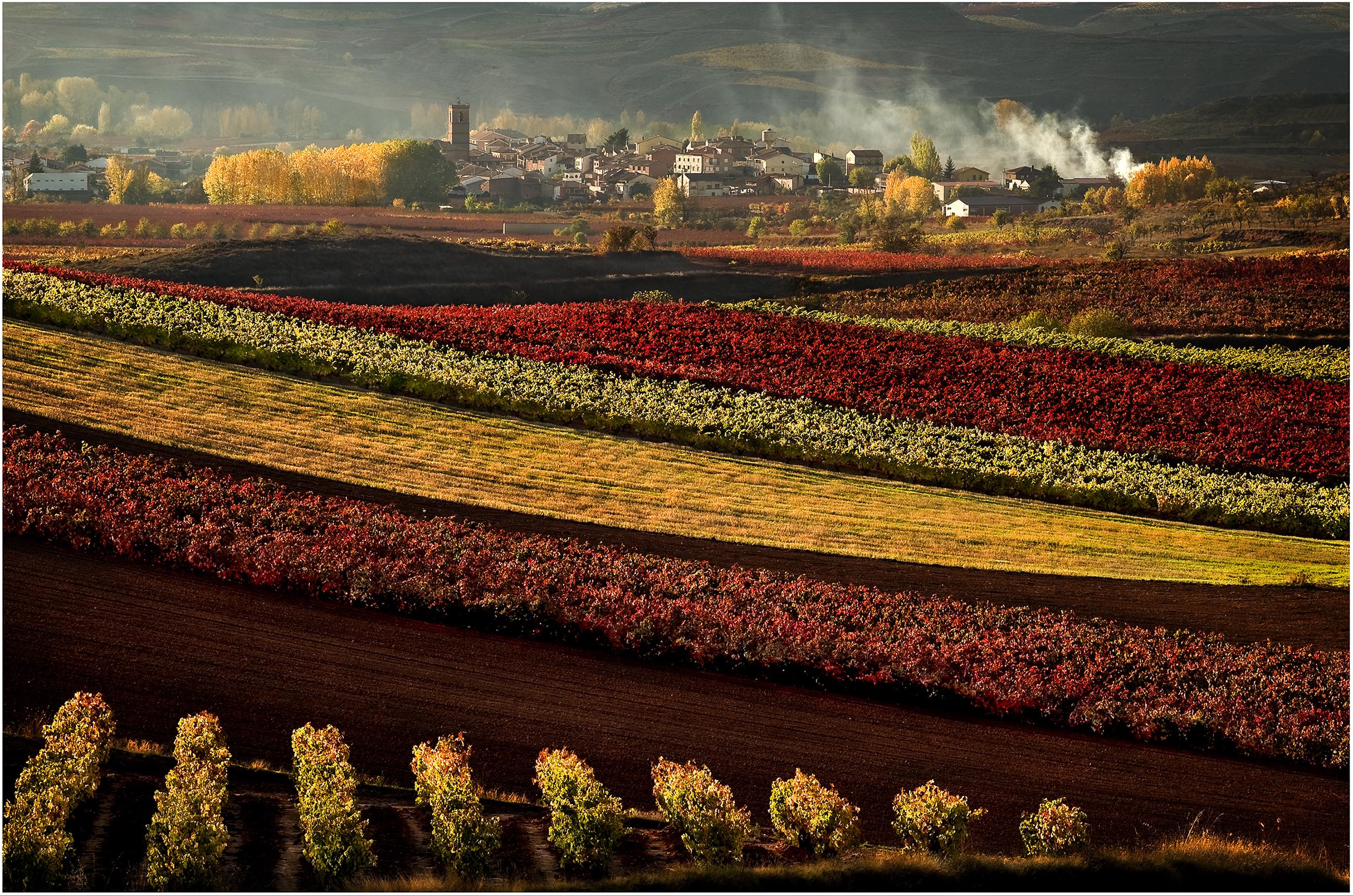Next month on October 3 the trade will get the chance to taste the latest selection from the benchmark Wines from Rioja 10×10 tasting. The concept is simple enough. Ten wines chosen, blind, by an expert panel, that best illustrate Rioja wines in 10 categories. Sarah Jane Evans MW explains why Rioja still continues to surprise and offer such variety and quality at all price points.

It’s the variety and ability to adapt that makes Rioja so exciting says Sarah Jane Evans MW
What attracted you to take part in the 10 x 10 tasting initiative?
Rioja can seem like a monolith: the source of great, classical reds. By contrast 10×10 is a great opportunity to remind people that Rioja is exceptionally diverse.Our selection of the favourite 10 wines in 10 different categories guarantees that people who come to the tasting will find something new and surprising. That’s as well as being able to luxuriate in some superb classics. The judging day is good fun too: we are wine writers, sommeliers, retailers, who all share enthusiasm for the region.
Still, at the end it can be really stressful. Picking just 10 when there are maybe 16 in a category that deserve to feature is really tough.
How would you describe where Rioja is now as wine producing region to say 10 to 15 years ago?
What’s so interesting to me about Rioja is that there is so much change and development in an apparently traditional region. Rioja deservedly built a solid international profile as Spain’s pre-eminent wine region, with a reputation built on Tempranillo, inter-regional blends, American oak… All of this reinforced by very strong, straightforward marketing.
Today there is a new generation at work, many of them focused on expressing small vineyards, and individual varieties.And the historic houses are working better in the vineyards and the cellar. The result is that Rioja offers more choices than ever.
What has driven those changes?
Generational change is important.It’s also worth remembering that Spain was closed off to many international influences in the postwar period under Franco. Today’s winemakers travel and study internationally. They understand their wines in the context of international markets. Their approaches to viticulture and winemaking are open to outside influences. More recently, producers saw their domestic market shrink suddenly during the economic crisis. Export became essential, and that has driven a sense of clarity and purpose.

Visitors to the Wines of Rioja tasting on October 3 will be able to taste 100 of the region’s best wines
Where do you see the potential for Rioja in the future?
I’m excited by the wines from this new generation of producers. They are recuperating vineyards, and interested in making local wines.White Rioja is coming on leaps and bounds.We can also celebrate the great old Riojas.There are still plenty available, and great value, though you may have to treat yourself to a trip to San Sebastian or Madrid or Rioja to a restaurant with a fab wine list to find these treasures.
What lessons can the rest of Spain learn from Rioja?
The Riojans, just like the Australians did, have worked together with simple clear marketing messages, and plenty of sampling. So: work together.
Second: don’t sell yourself cheap.It’s a constant surprise to me that such a strong brand as Rioja can be on sale in the high street so cheaply. Rioja should not be the poor relation. It helps reinforce Spain unfairly as the poor relation of Europe.
Third: be flexible when it comes to regulation.The classical categories of Reserva etc reqire the wines to be aged in 225l barrels.Some wines are better with different treatment, which means they have to be produced as vintages, rather than within categories.
What specific tasting trends did you pick out from this year’s Top 100 wines selected?
White Rioja continuing to improve. Some lovely wines. Pale rosados, Provencal style, breaking through, though not all have enough flavour.Garnacha on the up. And growing interesting in the newer varieties: Maturana and co.There’s not enough experience to say how they will develop, but still, very promising.

Judging for this year’s Rioja 10×10
Why do you think Rioja gives such value to the on-trade for placing on a wine list?
There are many reasons, but here’s my top three.
1) Instant familiarity for the customer.
2) Given that consumer confidence, the chance for the sommelier to encourage the customer to trade up, relying on the reputation of Rioja.
3) The diversity of styles means that a wine bar in an East London postcode can offer an orange wine, or a cutting edge producer, while a home counties Michelin can offer a vertical of a famous name.
What is your favourite Rioja and food match?
There’s no such thing as one Rioja – so impossible to choose a food match when I could match it with traditional method sparkling, white, rosado, red, young, mature, and even an icewine. But as the autumn draws in then a Gran Reserva with a warming bowl of white beans and vegetables, spiced up with chorizo, and drizzled with olive oil, makes my mouth water. Or maybe a mature white Rioja with a wedge of mature sheep’s cheese.Or perhaps…































